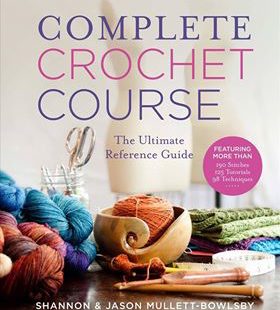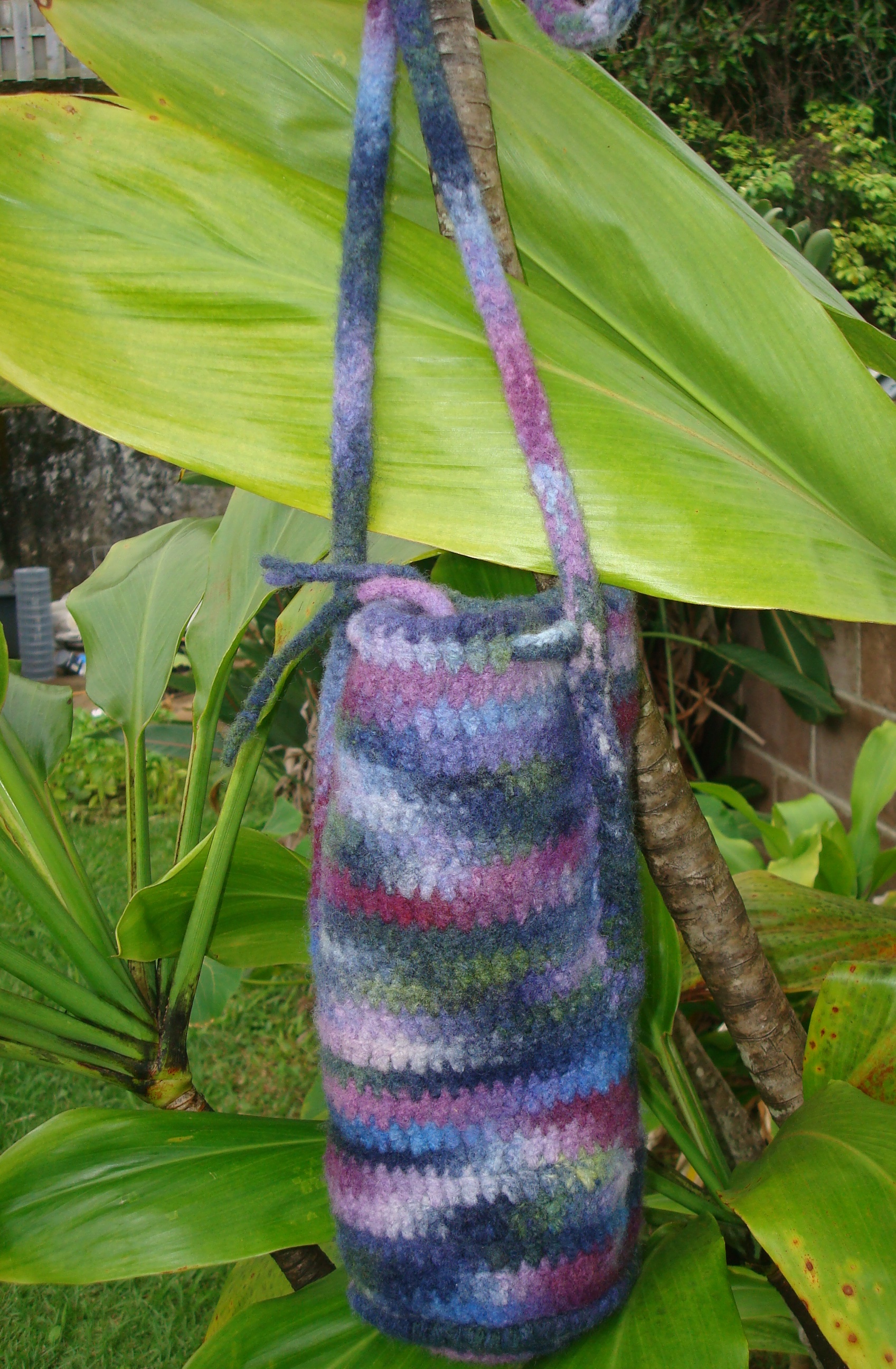I had this grand idea to design and crochet a shawl for my daughter for Christmas 2013. Unfortunately, I didn’t purchase enough yarn, and I started a little too late.
In this blog post, I describe how the shawl turned into a scarf, as well as how to avoid my mistakes in designing your own rectangular shawl.
Choosing Yarn and an Appropriate Hook
I have a hard time getting my daughter to wear my crochet stuff because she says the yarn irritates her skin. Fortunately, she has no problem with Caron Simply Soft, so that’s what I chose. And while she has (thankfully) grown out of her “EVERYTHING I wear has to be black” stage, she still likes black in her wardrobe. So, that’s the color I chose (better to be safe than sorry).
I probably should have purchased four skeins of yarn, but I only bought three, thinking that would be more than enough. Next time, I’ll get five for a shawl on the assumption that it’s better to have too much yarn than not enough. And my stash can always use more yarn.
I chose a G/4 mm hook even though Caron Simply Soft is billed as worsted weight, for which I normally use an H/5 mm hook. But I find Simply Soft is closer to DK weight (or a very light worsted weight), and the G hook worked well with it.
Finding the Perfect Stitch Pattern
Next, I needed a lacy stitch pattern that would work up quickly. Enter a good stitch dictionary.
I have the old Harmony Guides which are unfortunately out of print. But you can still get used copies online (very pricey) and probably in used book stores. And a Google search will reveal a lot of other good stitch dictionaries to choose from. I recommend the ones that have a symbol chart for each stitch pattern along with the written instructions.
I decided on the Ridged Stitch Network on page 58 of The Harmony Guides, Volume 6, 300 Crochet Stitches.
I altered the pattern to eliminate the ridge (formed by single crocheting in the back loop only) and making the chains longer (five instead of three). So my stitch pattern for this shawl (I still thought of it as a shawl at this point) was:
Chain a multiple of 6 +1
Row 1: Ch 1, sc in 2nd ch from hook, *ch 5, skip 5 ch, sc in next chain; repeat from * across, ending in sc in the last ch, turn.
Row 2: Ch 1, sc in 1st sc, *ch 5, sc in next sc; repeat from * across, ending with sc in the last sc.
Repeat Row 2 for pattern.
Pretty simple, right? I figured, with only chains and single crochets, the shawl would work up quickly. But single crochet isn’t a tall stitch. Not only was it slow going, it got to be pretty boring, and I couldn’t wait to get it done.
Doing A Gauge Swatch
Once I had my stitch pattern, I did a 4” x 4” gauge swatch to make sure the foundation chain was long enough to accommodate the length (from edge to edge) of the shawl I envisioned.
Clearly I miscalculated because, once I started crocheting, I realized the foundation chain could have been a little longer. But I’d done too much at this point and didn’t want to frog and start over. Plus, time was short, and I absolutely had to finish it in time for Christmas.
I also realized about halfway through that I would run out of yarn before I got the shawl as wide (from bottom to top) as I wanted it to be. This is when I decided the shawl would have to be a scarf.
Adding A Pretty Edging
When I finished the scarf, I decided I could make it a little longer by adding a lacy edging on both ends. I was probably still deluding myself into believing I could pull off a shawl, but an edging would be a nice touch whether it was a shawl or a scarf.
I had to select an edging that would fit the scarf’s edges and found one on MyPicot.com, stitch pattern #3017 .
I could only make a portion of the edging because I didn’t have enough room on the ends of the scarf for the entire edging to fit. To figure out what portion of the edging I could use, I first crocheted an equal number of single crochet stitches on each end of the scarf. This helped me figure out where in the pattern to begin and end the edging.
Check out a photo of the edging at MyPicot (click link in paragraph above) and compare it to my edging for a better idea of what I mean.
Remembering What I Should Already Know
As long as I’ve been crocheting, I’m surpised I made as many mistakes as I did. So it was good for me to have a reminder or two of what I should have known in the form of a project that didn’t turn out the way I intended.
Here are my reminders:
- Give myself enough time to complete my project if I need it by a certain date.
- Purchase enough yarn to complete my project (next time, I’ll use my Crocheter’s Handy Guide to Yarn Requirements (aff) to get a more accurate yarn estimate).
- Make a large (at least 8” x 8”) swatch to get a realistic idea of the finished dimensions of my project.
- Make sure the notes I take as I am designing and crocheting are detailed enough that, when I decide to write a blog post three months later, I won’t have to go searching for the edging pattern I used because I failed to write down its location in my notes (thank goodness I downloaded a PDF of the pattern and saved it on my hard drive!).
Next up for Daughter Dearest is a “skull shawl” (black, of course) which I can take my time making (because her birthday isn’t until August!).










4 comments On The Crocheted Scarf That Was Supposed to Be a Shawl
Pingback: Crochet Pattern Bonanza ()
It’s wonderful…great job!
Thanks so much Cynthia!
Pingback: Top FREE Crochet Patterns 7 - Crochet Pattern Bonanza ()